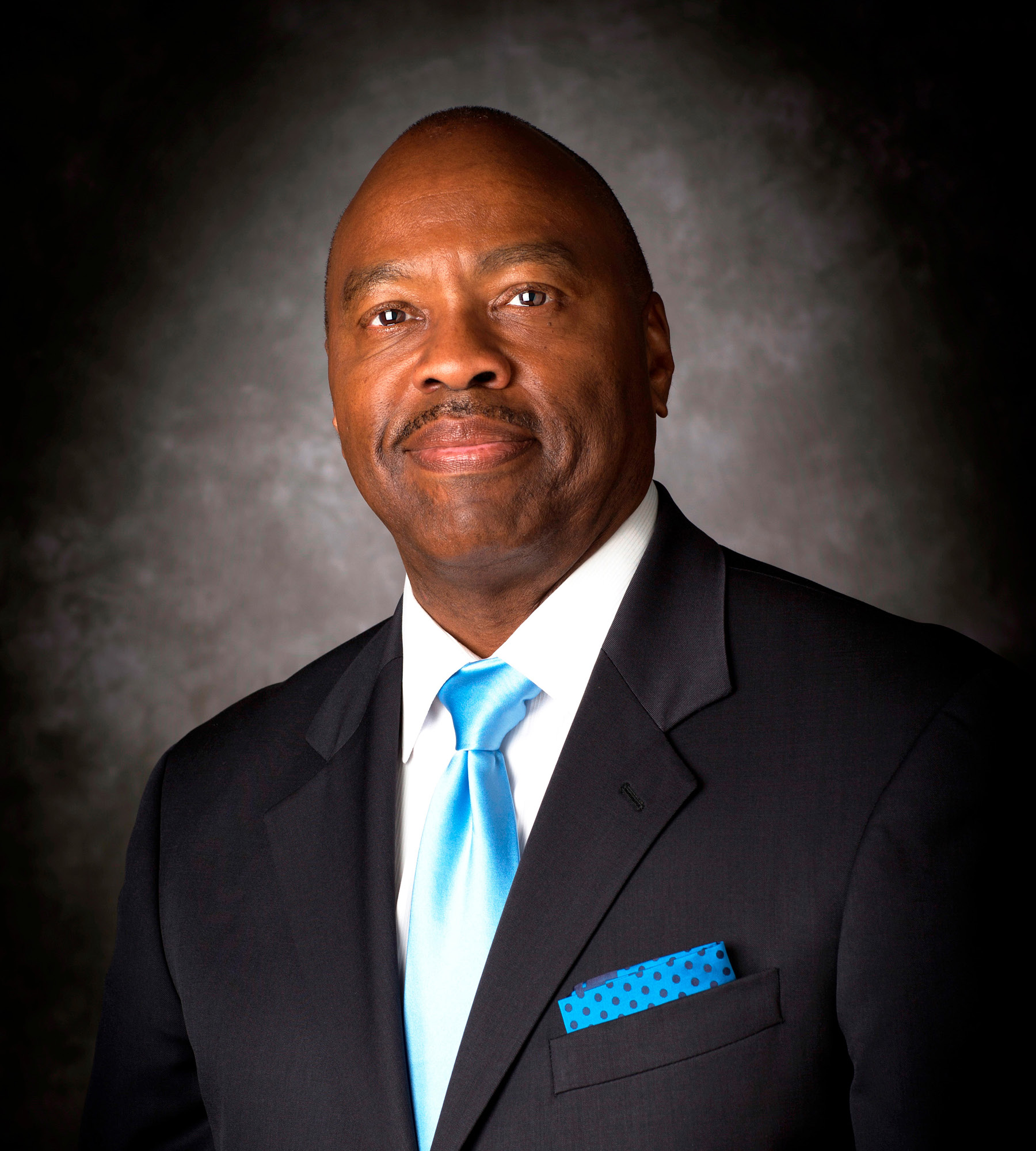Language
You can read the magazine in one of the following languages
When Phillip A Washington ponders the path that led to his success as CEO of Denver International Airport (DIA), there are many factors that spring to mind. But first is his upbringing on the south side of Chicago. He grew up in a single-parent home, where his mother raised him and his five sisters.
“My mother was a fighter. She took me to various civil rights events and to hear speakers from all over the country that visited Chicago,” Washington tells The CEO Magazine.
“I think that set me on the original path for public service, understanding equity issues and understanding various issues that affect people to include transportation.”

His military career was also foundational in terms of his leadership style, instilling discipline and vision, followed by his nearly 25 years in the public sector – first in public transportation and now in aviation.
Washington took up the CEO position in 2021, after working for organizations including the Regional Transportation District and Los Angeles Metro.
The airport’s points of difference were clear from the outset – its people, its immaculate safety record, its prime geographical location right in the middle of the country and its outstanding levels of mayoral cooperation.
But he still saw a tantalizing opportunity to improve the experience customers would receive at the airport.
“I saw an opportunity to lead one of the largest airports in the world and to provide mobility options for millions of people that are coming through this particular airport,” he says. “What we’re looking to do here at this airport, among other things, is to enhance the customer experience.”
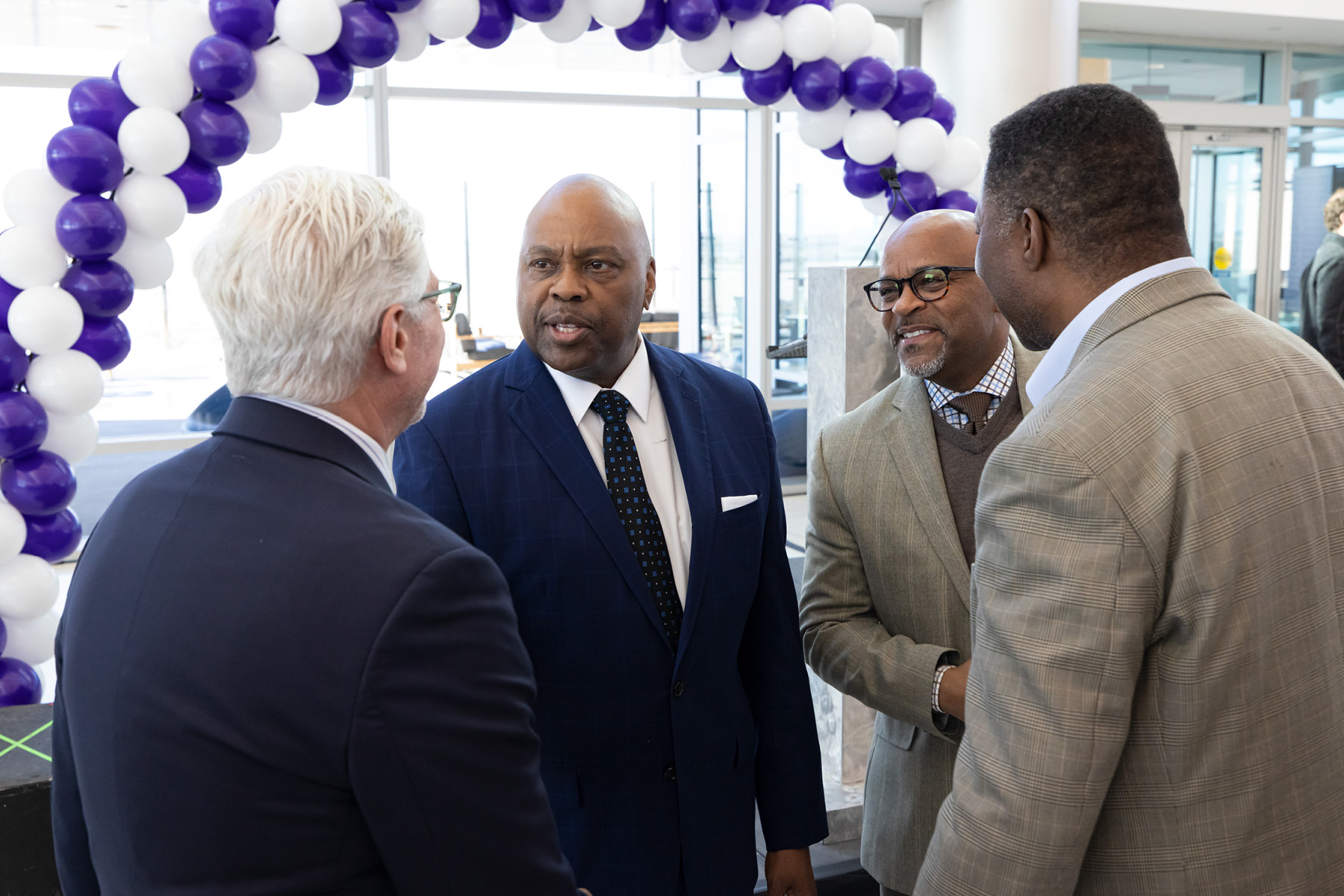
“I saw an opportunity to lead one of the largest airports in the world and to provide mobility options for millions of people that are coming through this particular airport.”
To achieve these goals, Washington and his team laid out the Vision 100 plan – a commitment to accommodate 100 million passengers on an annual basis. “The airport was designed for only 50 million,” he explains.
According to DIA’s four-year forecast, it will reach 78 million at the end of this year, with a prediction that it will reach 100 million in the next two-to-three years.
The most challenging part of the plan is increasing the airport’s capacity and enhancing the customer experience while it is still functioning. Nonetheless, progress has already been made. While the main project, the renovation of the Great Hall, is ongoing, Washington and his team have so far opened 39 new gates at the airport.
“We are building a new baggage system for this airport. We are doing pre-environmental work on a seventh runway. We are refreshing the old parts of the airport,” he expands.
It’s an ambitious plan, and one that Washington is quick to point out would not be achievable without the human capital that powers the airport – a team of 37,000 people.
“They are irreplaceable,” he stresses. “Yes, we’re talking about AI and everything, but humans are the most valuable resource.”
He explains that this is the reason it’s so important to properly communicate his vision to the entire organization, so they understand the direction in which he is taking them.
“The biggest uncertainty for employees is not knowing what the leader is thinking. And if you don’t put out a vision for the organization, they don’t know where you’re going. They have no idea,” he points out.
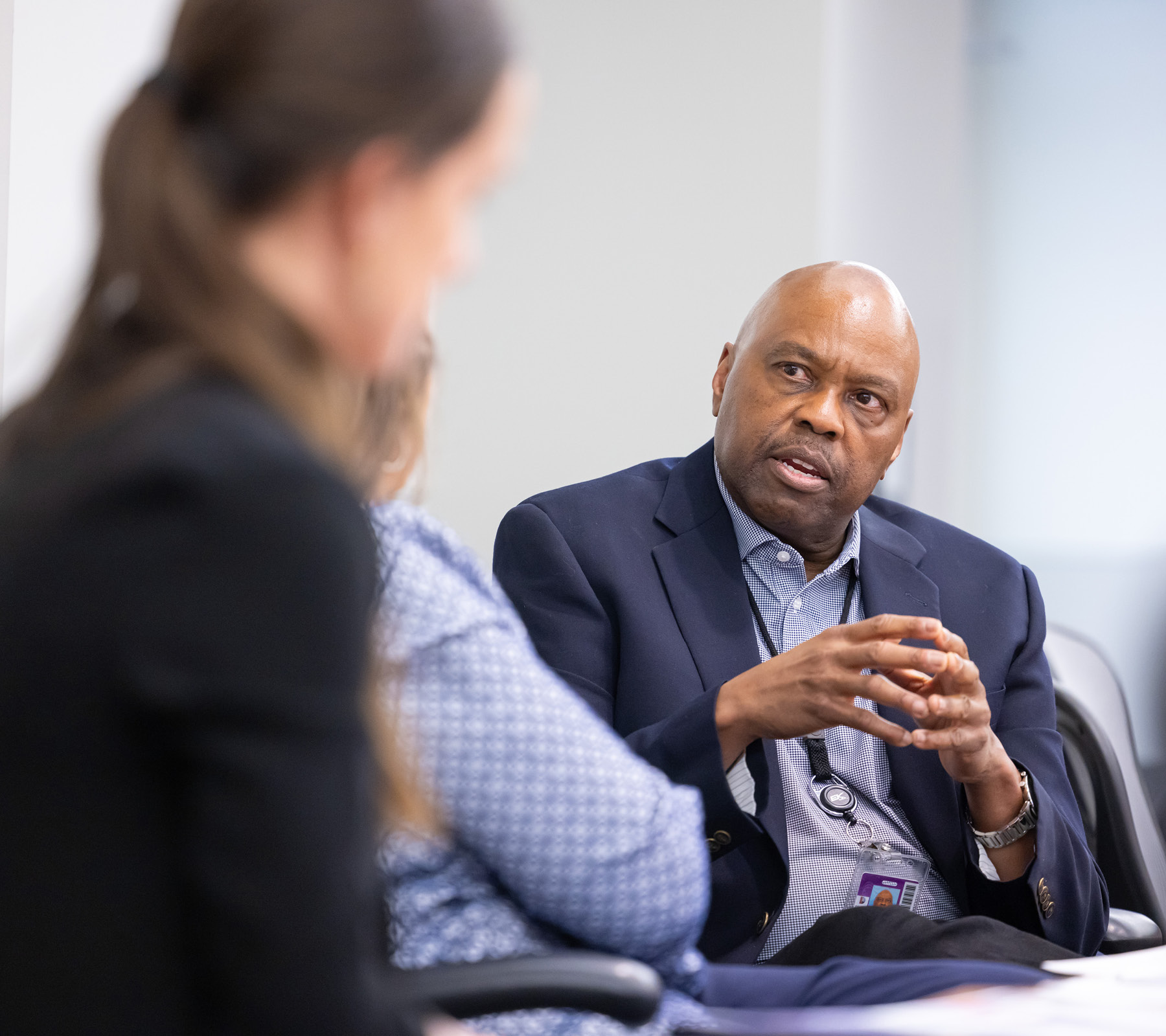
“If you don’t put out a vision for the organization, they don’t know where you’re going.”
The second priority is ensuring that people understand the expectations, both in terms of what to expect from Washington as their leader and what he expects from them.
“Doing that begins to create the culture for the organization. It begins to break down silos. It begins to create what I call an ‘accountability culture’ versus an ‘entitlement culture’,” he explains.
While the change begins in an unconscious way, eventually people begin to see themselves in that vision, according to Washington.
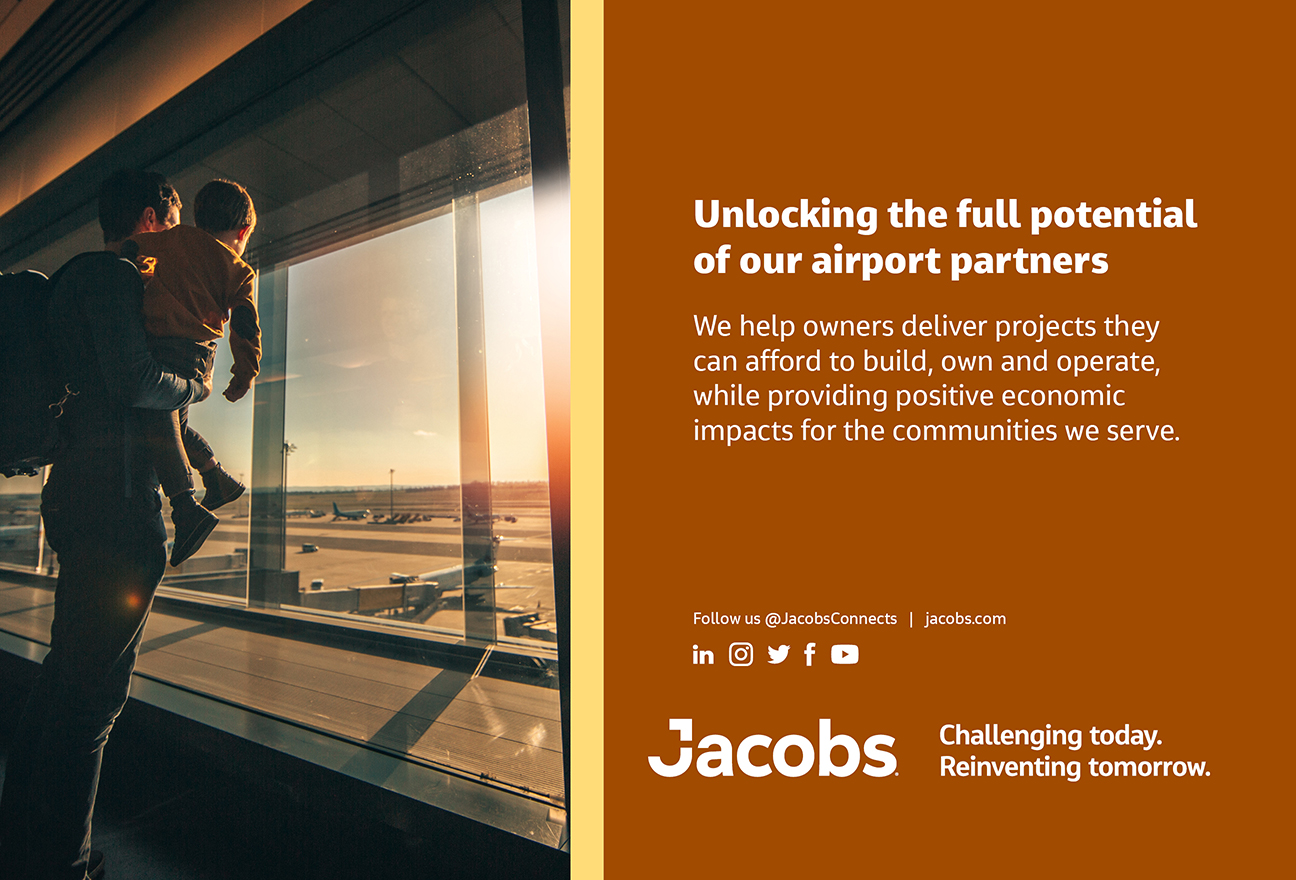
There’s a story about President John F Kennedy he likes to use to illustrate exactly this point.
“He was walking through NASA headquarters in 1961 and he saw an older, Black gentleman who was the janitor. President Kennedy left the entourage, the big number of people he was with, and he went over to talk to this man,” he recounts.
“He asked the janitor, ‘Hey, how do you like your job?’ And the janitor said, ‘I love my job. I am helping to put a man on the moon.’
“Now that is an individual who sees himself in the vision. So that’s what we’re talking about in terms of an organization. And I think here, people have begun to see themselves in Vision 100.”
This is where Washington’s leadership style comes into its own: aligning people with a purpose through the power of emotion.
“We can talk about all kinds of leadership principles, and we can talk about all kinds of leadership parameters and philosophies – but it really boils down to how your leadership makes people feel.”
He is quick to point out that his leadership extends beyond the DIA payroll to its partners. The various stakeholders it works with are also absolutely crucial to the airport’s success.
“I have a stakeholder wheel hat I call ‘Phil’s wheel’. This wheel shows all of the stakeholders that we deal with and it shows the CEO in the middle of that wheel,” he explains.
“The reason we show that stakeholder wheel is to let people know, these are all the people that we have to partner with to accomplish our mission – airlines, labor unions, elected officials, businesses, chambers, the United States government, all of these partners are very important to the success of DIA.”
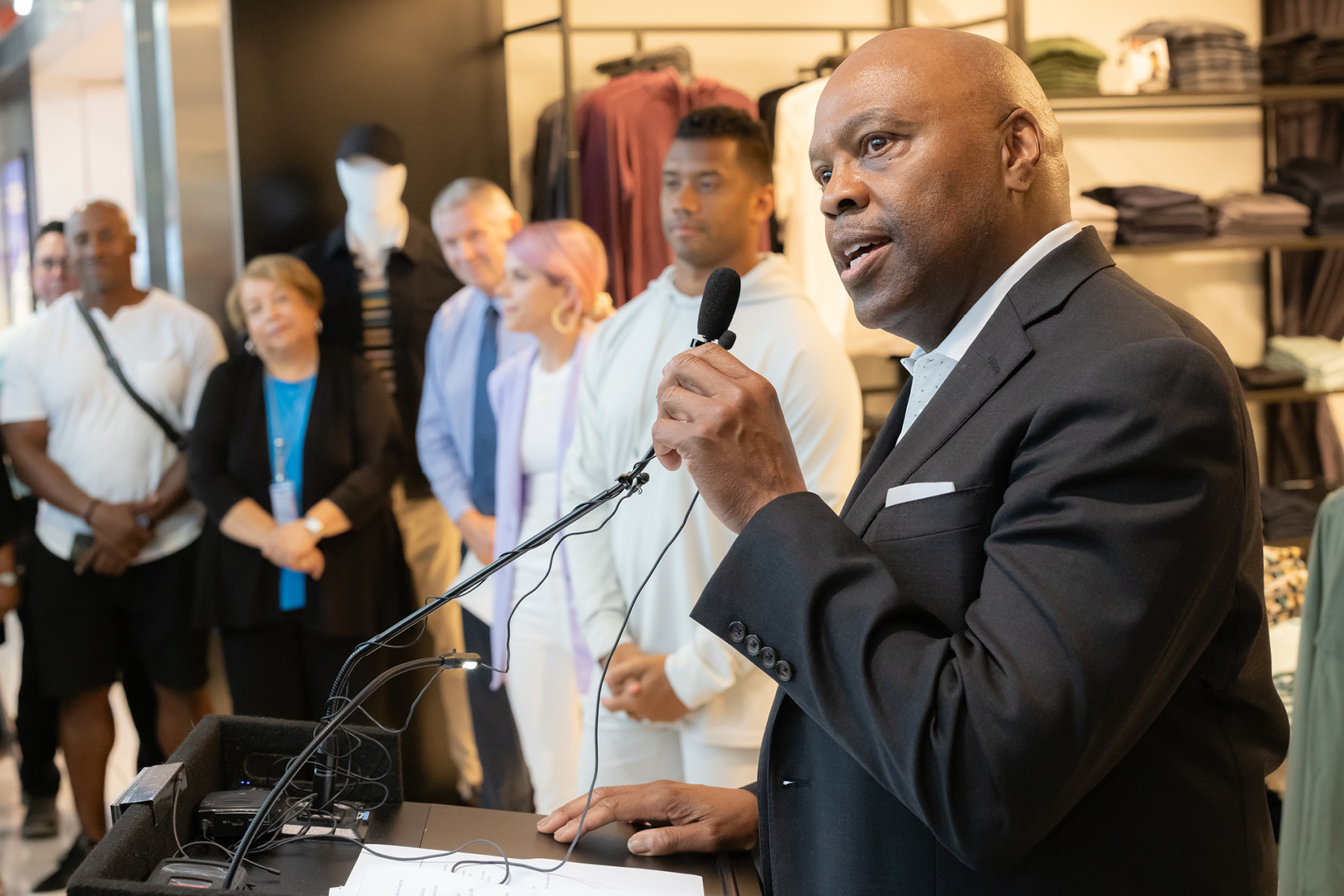
“In order to be a successful organization, we absolutely must compromise in some ways. We must give a little, we must take a little. We must meet people in the middle.”
The airport’s construction and engineering partners are essential to the success of its ongoing renovation, with companies such as Hensel Phelps Construction, Jacobs Engineering Group and Sky Blue Builders making a huge difference to the airport’s future.
While many leaders take an authoritarian approach, this is not Washington’s style at all.
“In order to be a successful organization, we absolutely must compromise in some ways. We must give a little, we must take a little. We must meet people in the middle,” he reflects.
“There are so many things that we have to do to make sure we’re successful. We’re not successful if we don’t have a good partnership with the airlines. We’re not successful if we don’t have a good partnership with the concession owners, the restaurants and all of that. We’re not a good organization if we don’t have a good relationship with labor.”
Washington believes his leadership style plays an integral role in inspiring each and every one of them.
“If you talk to one of my airline partners on that wheel or any of the labor and you ask, ‘How does Phil’s leadership make you feel?’ And they’ll say, ‘I feel like I’m empowered. I feel like I can bring problems. I feel like we can bring innovation ideas. I feel like we can bring complaints. I feel like we can lead people in the way that he laid out in his vision.’
“How you make people feel is a business perspective that I hang my hat on, because the other big leadership attribute is: can you successfully get your partners to do things they otherwise wouldn’t do? My partners do things they otherwise wouldn’t do because they feel something about the leadership that we’re providing.”
Establishing DIA as the greenest airport in the world is therefore essential, with Washington targeting environmental leadership in the transportation space.
“We know that transportation really creates a huge footprint. Transportation is probably the biggest emitter in the world,” he says.
Already, the airport has capped all 64 of the abandoned oil wells that were located on its land.
“It was actually costing us more to maintain those oil wells than to close them, so we closed them,” he confirms.
DIA also embarked on the largest energy performance contract ever performed in the state of Colorado.
“What that means is we’re implementing various measures that will significantly reduce energy and water use throughout the airport and reduce our carbon footprint,” Washington explains.
To date, this has included 38,000 LED lamp replacements, the retrofitting of almost 1,000 toilets and 300 urinals, the replacement and optimization of building control systems both in its concourses and its terminal, as well as the replacement of the cooling and sewage systems.
“All of that will allow us to be so much more efficient and save so much energy,” he reveals.

“We must understand what climate change means for this airport and what climate change means for the aviation industry as well.”
“We must understand what climate change means for this airport and what climate change means for the aviation industry as well. Are we resilient enough to withstand the climate changes that we believe will occur in the next 10, 15, 20 years? It means actually doing something instead of just talking about sustainability.”
The role of innovation in these plans can’t be understated, which is why Washington is investing significantly on this front, with the creation of a Center of Equity and Excellence in Aviation to focus specifically on research and innovation.
“Through that center, we want people from all over the world to come to DIA, to bring their ideas to our Center of Equity and Excellence in Aviation, and then we can test those ideas,” he says. “If they’re aviation-focused, we can test those ideas in our laboratory. And our laboratory is the airport.”
Washington’s aim is for it to become an “incubator of innovation”, adding that some of the areas it will explore include biometrics, touchless systems, facial recognition and more.
“We want to be the Silicon Valley of aviation innovation and I believe we’re well on our way to doing that,” he enthuses. “We want to make it easier for people in the private sector to come in with their innovation and not be overly prescriptive.”
Washington’s vision is clear. The question is whether he can make it happen, although the early signs are looking very promising.
“I’ve always said that a new leader coming into an organization is like a foreign substance being injected into a living organism. The leader is going to change the organization, or the organization is going to change the leader,” he says.
“My money is on me, that I’m going to change the organization.”
